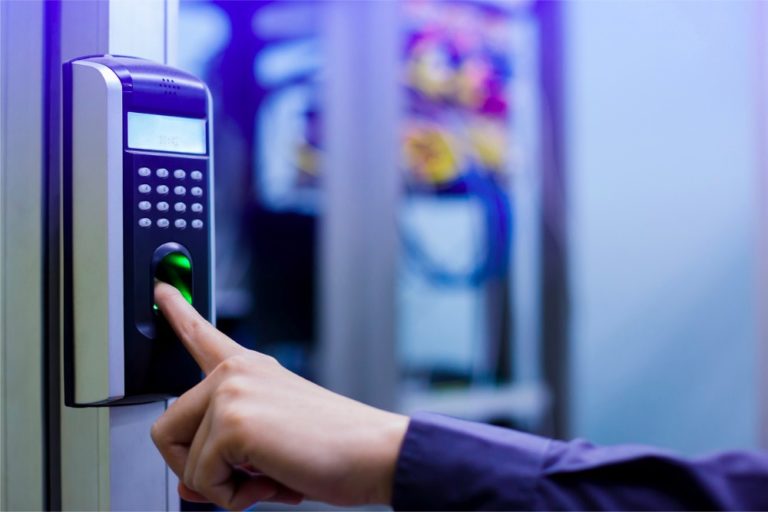In today’s world, safety and security are of paramount importance. In financial organizations and businesses where workers and visitors circulate constantly and controlling their movements with traditional and conventional methods is not possible, it is now necessary to install systems that will control the access of people and personnel into private or sensitive spaces. Production areas, manager offices, computer rooms, storage rooms, laboratories and many more are spaces where free and uninhibited access by everyone is not possible to exist.
Access control systems have many applications solving complex control and access problems for individuals and vehicles. By placing access control mechanisms in entrance doors and giving to users cards:
- entrance to users is allowed only in predefined entrances
- data recording is also possible
- access control cards can be also used as productivity control or even attendance control for employees
More specifically, a company where access control systems are installed can, at any time, check and control, through specified software, which employees are currently in the premises, what time they arrived at work and many more information, depending on the features supported by the chosen software. This kind of information can be also used to easily calculate the employees payroll.
Furthermore, by installing an access control system, a company can control and give access to specified rooms only to specific employees, thus augmenting the security in confidential or important areas of the company.
An access control system comprises of a comprehensive system including computers and software. In its typical form, an access control system comprises of:
- A central control unit connected through computers
- A local controller
- Devices that read cards (proximity, biometric, smart, etc.)
- Software that monitors and manages access, movements and gradual accessibility
- Access control cards plain or pre-typed (magnetic, proximity etc.)
It is easily understood that these systems are constantly evolving and expanding. The administrator of an access control system can easily upgrade the system through the software and can adjust new parameters according to the company’s requirements and needs. New local controllers in new parts of the company can be also added very easily.
Access control systems usually are used in:
- offices to control access to guarded spaces such as warehouses, computer rooms, conference rooms as well as to facilitate personnel movement between floors or company departments
- in hospitals to control access to clinic wards, pharmacies and surgery departments
- in warehouses where equipment and merchandise is stored to avoid and deter unauthorized access
- in homes and apartments in the main entrance or in other entrances (storage, garage, parking) allowing residents to enter the premises faster and without needing a key
- in industrial spaces to avoid and deter unauthorized access to production lines as well as to sanitary spaces
- in shops such as restaurants and cafeterias to protect the sanitary facilities (kitchens, toilets, WCs) but also to protect workers during night shifts
Overall speaking, there are many types and kinds of access control systems, depending on the peculiarities, the requirements and needs of each establishment. The certain thing is that they provide safety and security and limit access to people that should not be in certain areas.


Comments are closed.